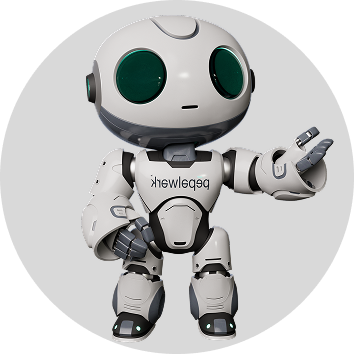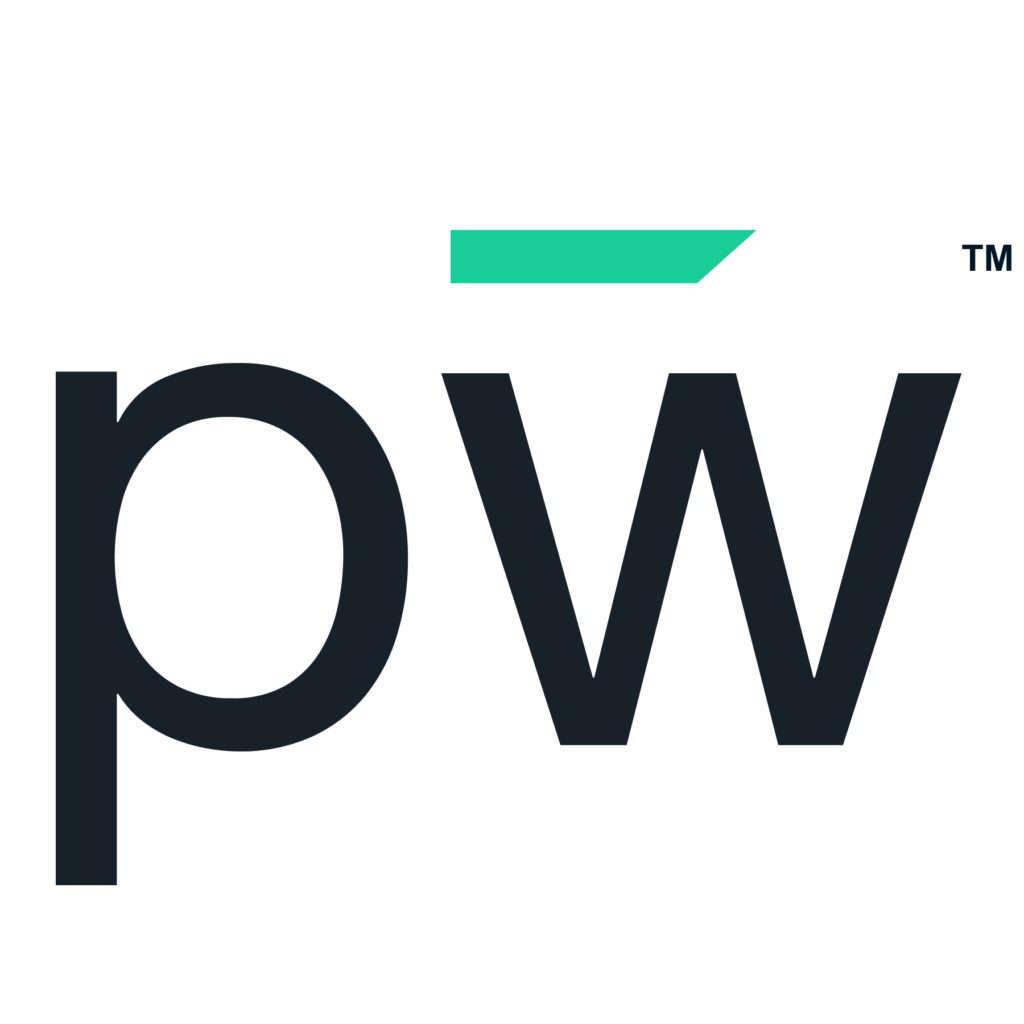Using platforms to help the process can be useful, but not all recruiting technology delivers the best outcomes for you or them. If you’re planning to implement a new solution, there are several things to consider when evaluating your options.
Recruiting Technology’s Next Horizon
You’re already familiar with what standard recruiting platforms do: They provide tools for you and your students to help them find careers. These platforms aren’t bad at what they do, but their design, architecture and functionality limit them. They may be hindering performance because they don’t have the structure to deliver results in an ever-changing environment.
The next horizon of career services software is disrupting and reinventing the process. As you assess the capabilities of a system, make sure it aligns with your goals and that it thoughtfully uses artificial intelligence (AI) to improve job matching.
7 Considerations for Recruiting Technology
As you assess the recruitment technology landscape, keep these seven things in mind.
1. Data Privacy and Security
Students are more aware of data privacy than previous generations. When reviewing options, ask questions about how the platform adheres to regulations on data security and what features they have in place to protect against data breaches.
2. Ethical Use of Data
Biases are prevalent in the employment landscape. A study from the Center for Employment Equity at the University of Massachusetts Amherst found this to be true with human selection decisions. The research concluded that technology is a viable alternative, but its design must address the pitfalls of bias.
Thus, you’ll need to know how the platform uses and shares data. Avoid discriminatory practices so technology doesn't perpetuate biases that may exist in the data it's trained on. Innovative technology, such as pepelwerk, makes this a priority.
3. Data Quality
For matching to be accurate, data must be as well. Inquire about how the technology collects and analyzes data. A modern solution eliminates resumes and job descriptions in favor of matching skills and attributes for better results over simple keyword matching.
4. Algorithm Transparency
AI is the facilitator that integrates advanced technology for matching, with algorithms doing the work. How it works shouldn’t be a secret. Share what you learn with students and companies so there is transparency from the start.
See how we do it by watching this video: Meet Sam-pepelwerk’s Trusted AI Guide.
5. Diversity and Inclusion
Pay attention to diversity and inclusion in the matching process. You only want to deploy technology that promotes equal opportunities.
6. Training and Support
For software to be effective, everyone needs instruction on how to use it. You’ll need to support the different types of users: internal, students and employers. This falls into the category of technical support.
Training is much broader; it’s not just about how to work with the platform. It also offers information, exploration and assessments to help students find their direction and goal job.
7. Costs and ROI
Consider the total cost of ownership of each platform and how it can deliver ROI. Focus on how it can reduce time-to-fill openings and placement rates. pepelwerk tracks outcomes from start to finish, a differentiator in the market.
Recruiting Technology That’s the Right Match for Career Services and Employers
All these features and capabilities are part of pepelwerk’s career services technology. You’ll be able to use AI ethically to support student career readiness and job placement.
Students can use career assessment tools, consume readiness content and explore jobs. It’s a central hub for working with employers on employment, apprenticeships and internships. When career services and employers collaborate within the technology, it's also a place where you can address the skills gap. It can do all this and measure your student success rate.
If you want to see the future of recruiting technology, attend a pepelwerk career event.










